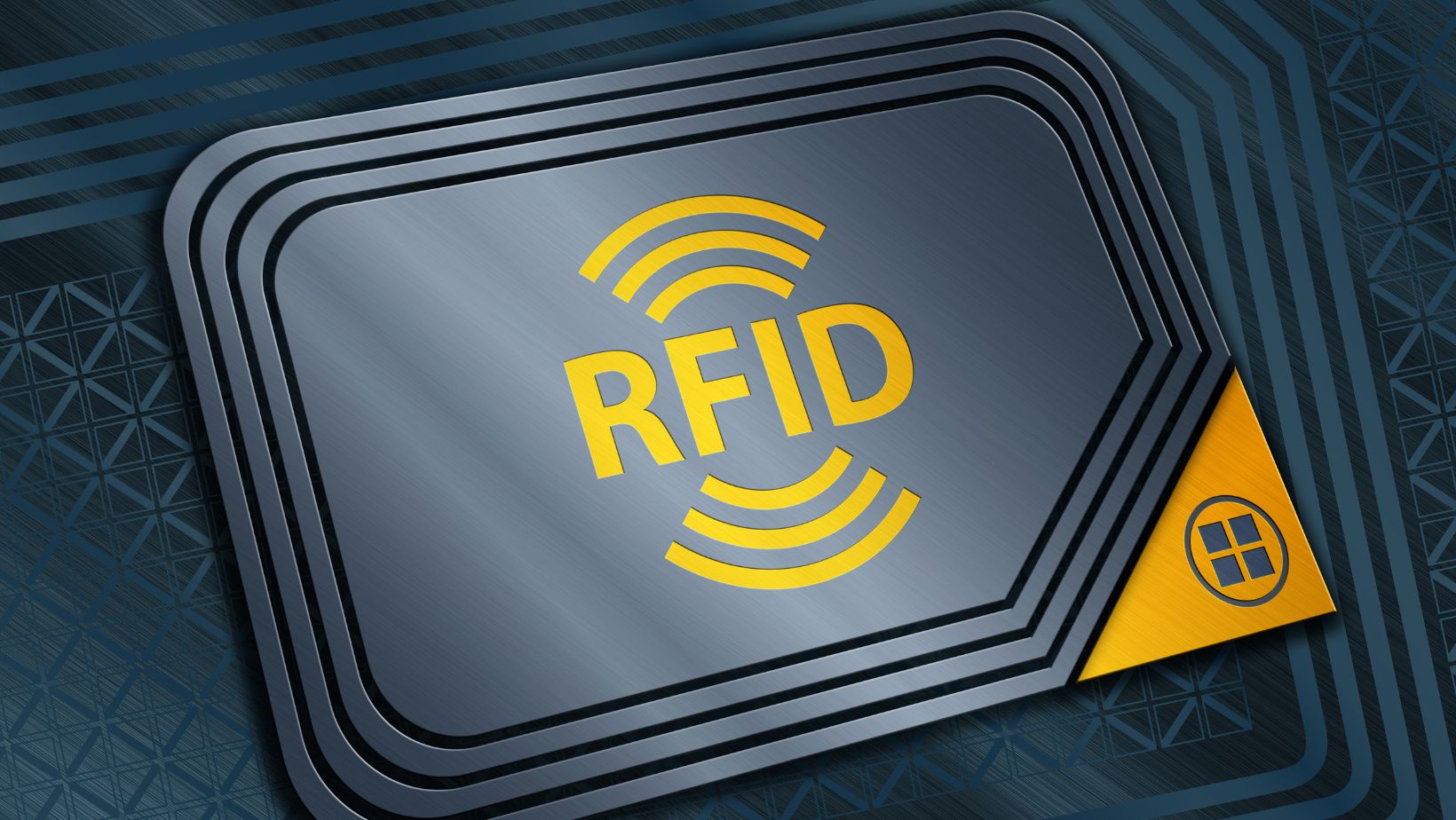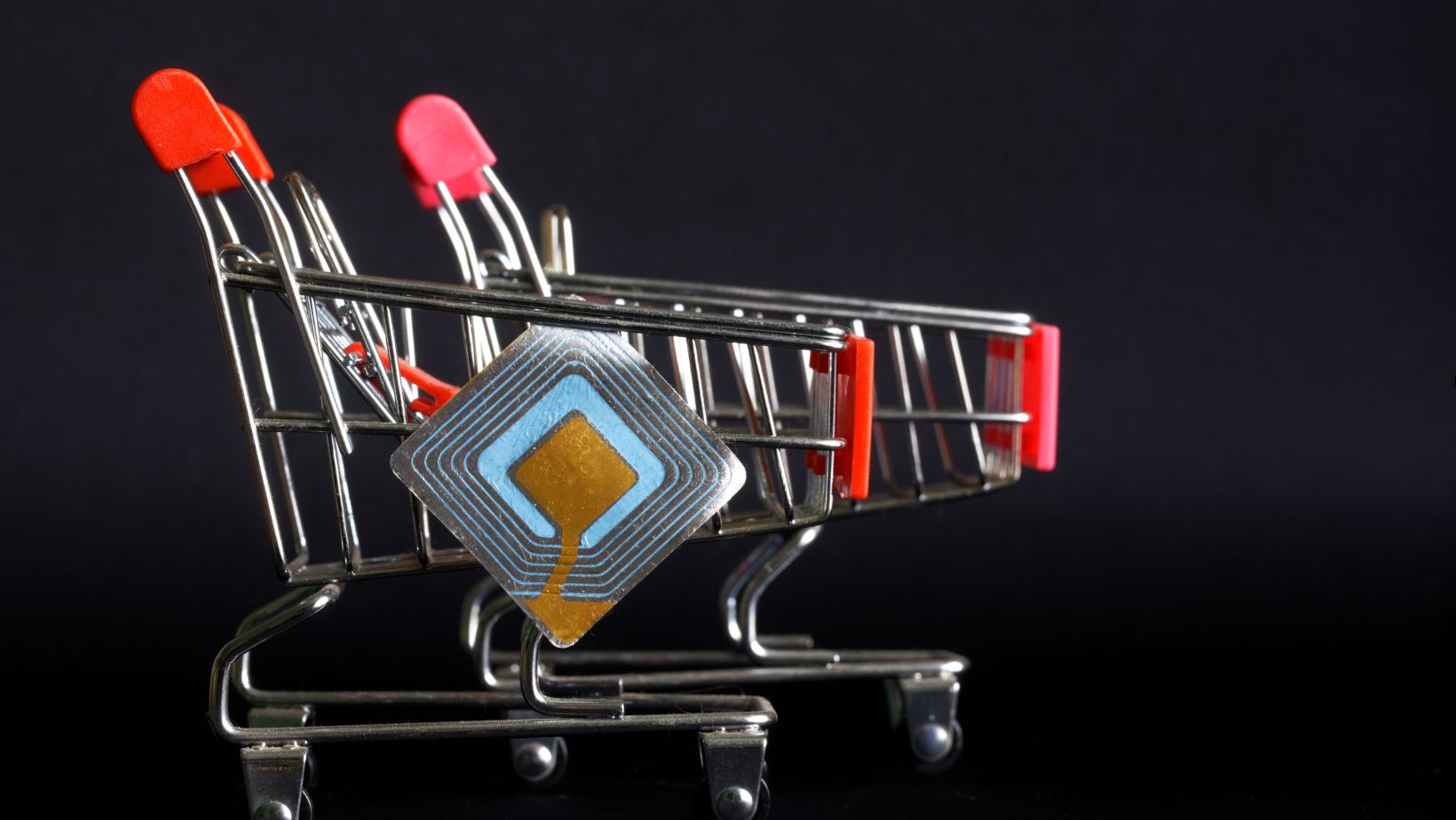How RFID Retail Technology Transforms Shopping
RFID retail technology is revolutionizing the way customers experience shopping. By enabling faster checkouts, accurate inventory management, and personalized interactions, it offers a seamless journey for both shoppers and retailers. Imagine walking into a store, picking up items, and walking out without waiting in line to check out—that’s the power of RFID in action.
Retailers are now able to track products in real time, ensuring shelves are always stocked with what customers need. For consumers, this means no more hunting through racks for your size or preferred style. Everything is optimized for convenience, saving time and reducing frustration.
Real-Life Impact of RFID on Shopping Experiences
A few months ago, I visited a clothing store known for implementing RFID retail solutions. As I browsed, I noticed a small digital screen next to a rack displaying inventory details for the items I was holding. It showed the available sizes, colors, and even suggested complementary products.
Curious, I asked the store associate about it. They explained that the RFID tags on the clothing allowed the system to update inventory in real-time. If an item was out of stock, the system provided alternatives or suggested online ordering options.
This technology didn’t just enhance my shopping experience—it made me feel like the store understood my needs. You can read more about these benefits on this RFID retail guide.
Enhancing Efficiency with RFID Tags
RFID technology eliminates common retail pain points like inaccurate inventory counts and lengthy checkout times. Unlike traditional barcodes, RFID tags don’t require line-of-sight scanning, allowing multiple items to be scanned at once.
This feature is especially valuable during busy holiday seasons. Retailers can keep their shelves stocked with high-demand products, reducing the likelihood of disappointed customers walking away empty-handed.
Reducing Losses Through Better Inventory Management
Loss prevention is another area where RFID retail technology excels. Shrinkage due to theft or misplaced items is a costly issue for many retailers. By providing real-time tracking, RFID ensures items are accounted for throughout the supply chain and within stores.

For instance, RFID-enabled systems can detect when an item leaves a designated area. If something goes missing, the store’s system alerts staff immediately. This level of accountability not only minimizes losses but also boosts customer trust in the brand.
Personalized Shopping with RFID Insights
Retailers are using RFID data to create highly personalized shopping experiences. When integrated with customer loyalty programs, RFID systems can identify frequent shoppers and tailor recommendations to their preferences.
For example, a customer picking up a particular pair of jeans might receive a notification about matching jackets or accessories. This kind of targeted interaction feels less like marketing and more like a helpful suggestion, enhancing the overall experience.
Streamlining the Omnichannel Experience
The retail landscape has shifted toward an omnichannel approach, where customers expect a unified shopping experience across physical stores, websites, and mobile apps. RFID retail technology bridges these channels by providing a single source of truth for inventory.
A personal experience illustrates this perfectly: I once found a jacket I loved online but wanted to try it on before buying. Thanks to RFID-powered inventory tracking, I was able to check its availability at a nearby store in real-time. This seamless integration saved me time and ensured I got exactly what I wanted.
Addressing Challenges and Ethical Considerations
While RFID retail technology offers numerous advantages, it’s not without challenges. Privacy concerns often arise, as the technology involves tracking objects—and potentially, customers. Retailers must ensure that data is anonymized and used responsibly to maintain trust.

Additionally, implementing RFID systems can be costly, especially for smaller retailers. However, the long-term savings in efficiency, reduced losses, and enhanced customer satisfaction often outweigh the initial investment.
Future Trends in RFID Retail
The adoption of RFID in retail is just beginning. As technology advances, its applications are expected to grow. One emerging trend is the use of RFID for sustainability initiatives. By tracking products from production to purchase, retailers can ensure ethical sourcing and reduce waste.
For example, fashion brands are leveraging RFID to monitor their supply chains, ensuring that materials are responsibly sourced and production is environmentally friendly. This transparency resonates with eco-conscious consumers, creating a win-win scenario.
Conclusion: A New Era of Shopping
RFID retail technology is more than a tool—it’s a transformative force redefining the shopping experience. From faster checkouts to personalized recommendations and ethical sourcing, its benefits are far-reaching.
For retailers, it’s an opportunity to build stronger customer relationships and streamline operations. For shoppers, it’s a step closer to hassle-free, intuitive experiences tailored to their needs. As adoption grows, RFID will continue to shape the future of retail, creating value for businesses and consumers alike.



